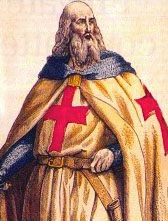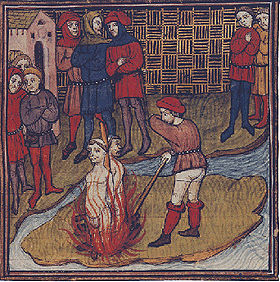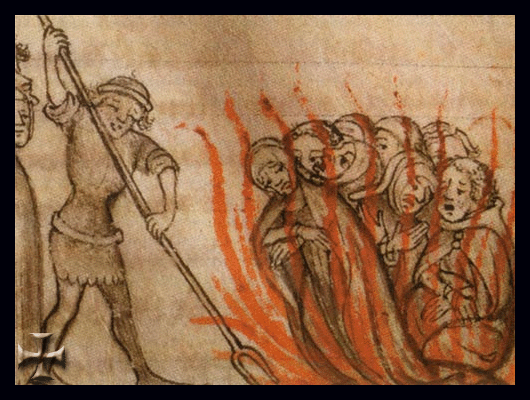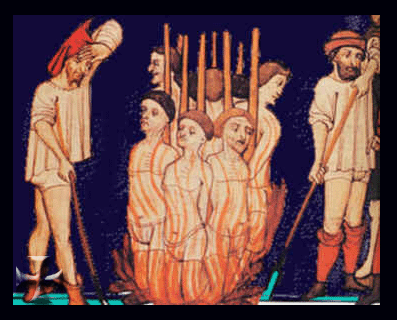The Templars wore a beard?
La Règle primitive (primitive Rule), adopted by the Council of Troyes in 1128, and its French translation in 1140 of approx. says: hair and beard shaved.
Yet some texts (reliable? I Not know ) it says: shaved hair and beard long, like the Eastern fashion of the time. Peter Partner, "Two thousand years of Christianity." - Einaudi, Torino 2001.
I invite you to post here, iconography drawn from museums or certain sources, for a proof.
I hope in your help will be greatly appreciated.
Here, two contrasting pictures.

Jacques de Molay,

Jacques de Molay, (Knight Templar from the Chronicle of France )


